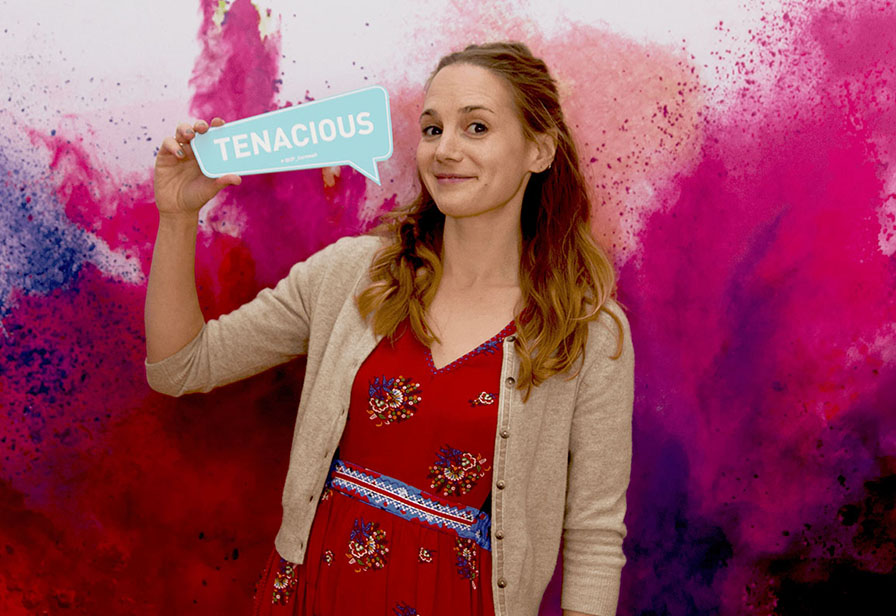FOR MORE THAN 20 YEARS UNLOCKING POTENTIAL HAS HELPED PEOPLE DEVELOP AND BUSINESSES GROW

From the early stage of the new business, through the steady growth, our range of programmes have tailored support to suit your business, and you, on your journey.
How new is your new business, and how do you feel about some expert help to navigate the pitfalls and challenges? If you’ve only just begun, aren’t quite open for business yet, or are still less than a year old, Breakthrough is a tried and tested, way to access in-depth training and a Business Development Manager’s one-to-one know-how. Breakthrough previously helped more than 900 entrepreneurs to find their feet and grow; now, thanks to Good Growth Hub and Shared Prosperity Funding, it’s back.
An objective, detailed, expert look at your business as it is now, and as you’d like it to be in future: Unlocking Potential’s InFocus programme, delivered on behalf of the Good Growth Hub, equips you with everything you need to find clarity and take you to the next level. It’s dedicated time to work on your business, rather than in it.
Growth often means building your team, which can be easier to imagine than to turn into reality. Enter: Enter: New Recruit. A one-day nuts-and-bolts workshop that will help you get to grips with the graft and grind of workforce planning, budgeting, skills-mapping, developing role-scopes, advertising, shortlisting, interviews and legal compliance. Talent Match goes further, too, to help you integrate, induct, mentor and train your new team member, with a budget to spend on areas you identify for up to six months.
This project is funded by the UK Government through the UK Shared Prosperity Fund. Cornwall Council has been chosen by Government as a Lead Authority for the fund and is responsible for monitoring the progress of projects funded through the UK Shared Prosperity Fund in Cornwall and the Isles of Scilly.
Breakthrough is delivered on behalf of The Good Growth Hub by Unlocking Potential and is funded by the Good Growth Fund.